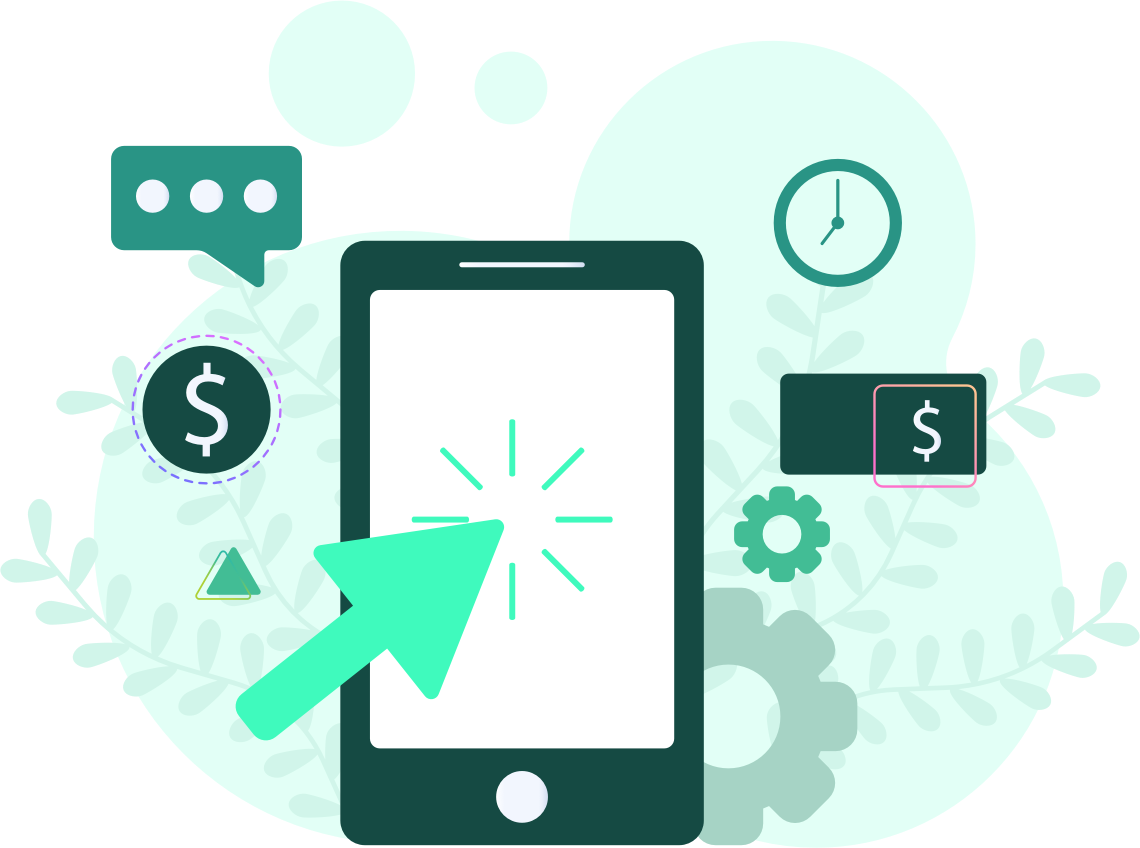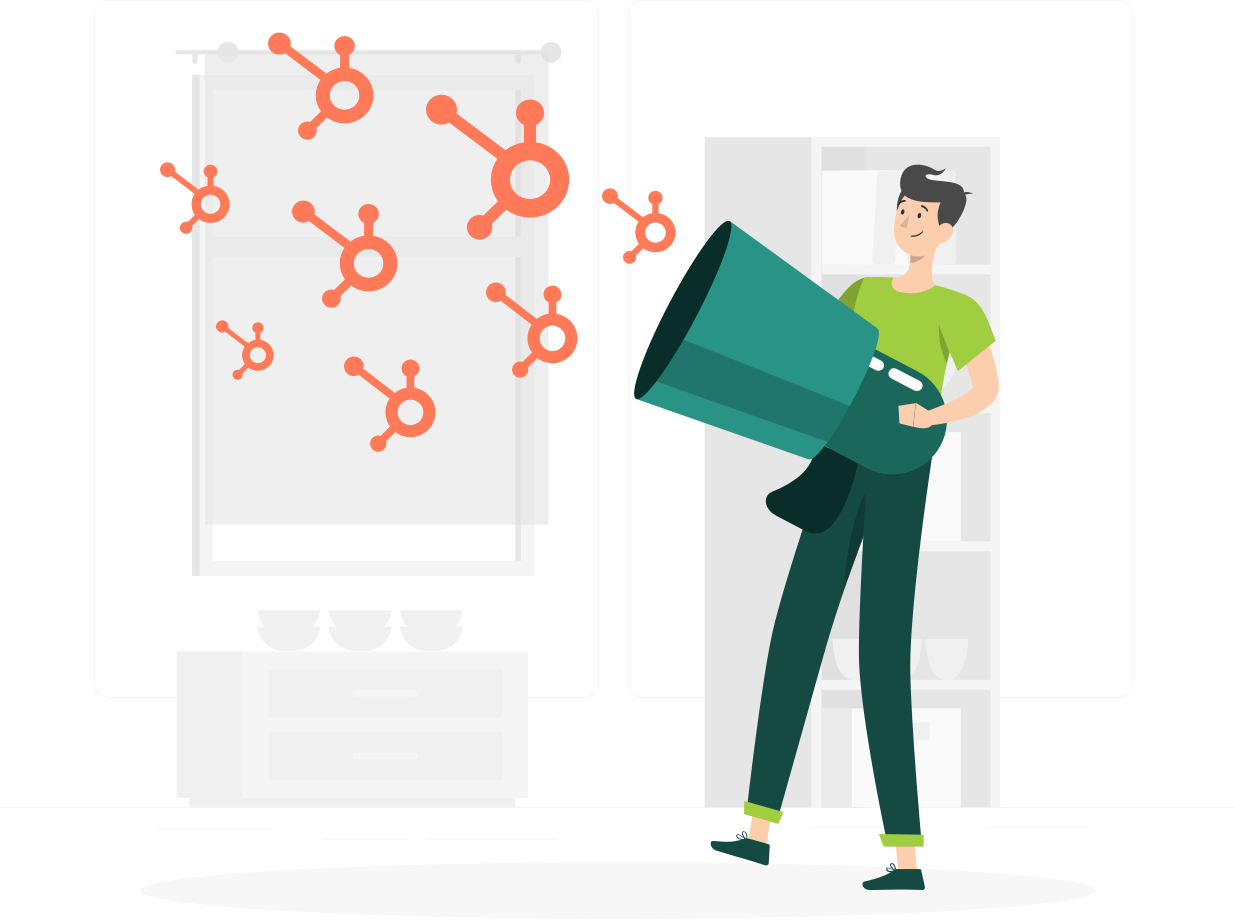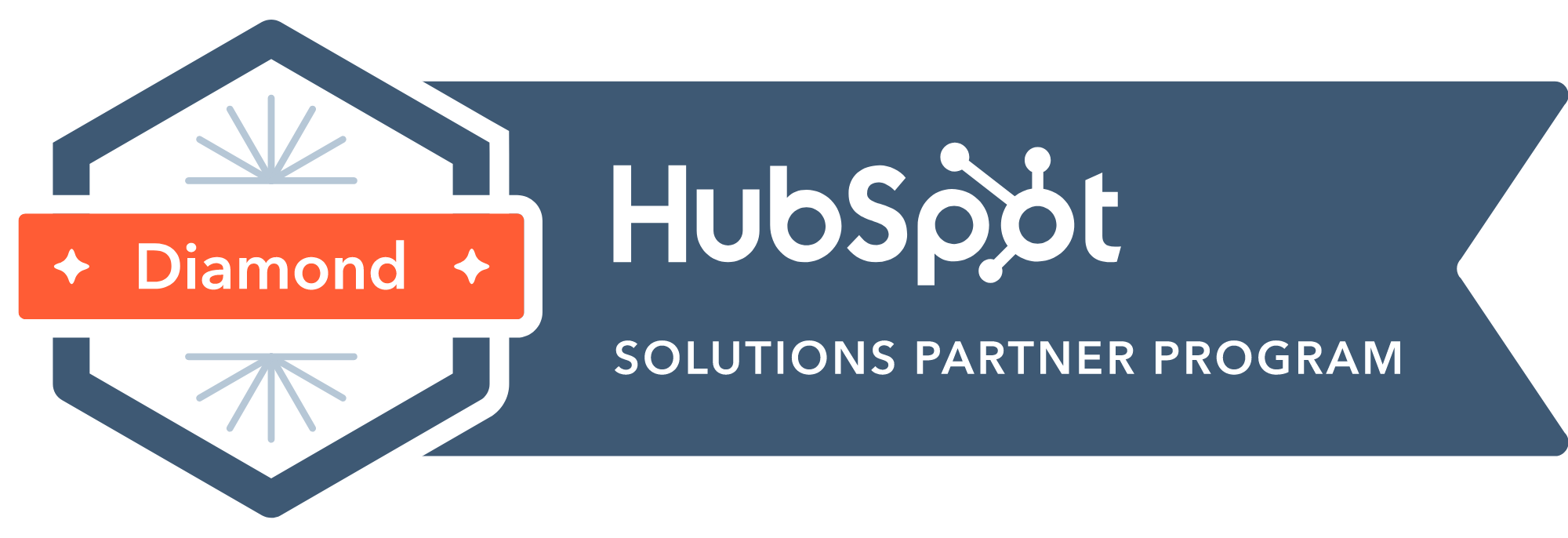Advertisers spent over $105 billion on paid ads in 2020. And why wouldn’t they? Paid ads generate an average of $2 for every $1 spent.
But ROAS doesn’t just fall into your lap these days. Sales-laden ads are a go-to for many advertisers, but they aren’t the key to success. Your buyers expect more.
Traditional PPC models are more advertiser-focused than buyer-focused. Since you’re in the business of catering to your buyers, it’s time to refocus advertising efforts to deliver more value to buyers.
But if you’ve been advertising for a while and aren’t seeing results, it’s time for a different approach to paid ads. Level up your marketing with journey-based advertising (JBA). Done right, this advertising method generates more and better leads by designing a better user experience.
What is journey-based advertising?

JBA takes the best aspects of inbound marketing and applies them to paid ads. This is done by taking the three phases of the buyer’s journey (Awareness, Consideration, and Decision) and applying them to your campaign structure, offer, ad copy, landing page, and more.
Most B2C PPC ads are some variation of “buy my widget” and most B2B PPC ads shoot for a consultation. If you’re selling iPhone cases, the traditional direct response, last click attribution paid campaigns work, but if it takes more than a hot minute to make a decision about what you offer, these ads are falling flat. When was the last time you smashed your left mouse button for a free consultation?
JBA is different. It’s about creating relevant ads for your buyer persona based upon where they are in the buyer’s journey.
This makes your advertising campaigns engaging, buyer-focused, and (dare I say?) fun. JBA is ultimately about user empathy, but it also benefits your brand: improved user experience equates to more click-throughs and conversions.
Yes, JBA is still advertising. It’s going to interrupt the user experience. But JBA is advertising at its best. You deliver content that’s genuinely helpful, solve your customer’s pain points, and grow your business in the process. It’s a true win-win.
3 steps to do journey-based advertising

JBA is such a valuable tool, but there hasn’t been a playbook to implement JBA for your brand—until now. The customer journey isn’t new, but applying this inbound practice to paid ads is a fresh approach to an old tactic.
Follow these 3 steps to adapt your ads to the right buyer, at the right time.
1. Know your buyer personas
We have to understand our customers before we delve headfirst into the buyer’s journey. The best way to know your customers is with robust buyer personas. Think of these personas as avatars, or characters, that represent your ideal customer. If you haven’t created buyer personas before, now’s the time to start.
Buyer personas detail information about your ideal customer, like their:
- Age
- Sex
- Family life
- Education
- Career
- Personality
- Attitudes
Buyer personas are an awesome tool, but few businesses remember to put their buyer personas to work in their PPC campaigns. Personas are often used in inbound strategies like content marketing, but buyer personas are valuable for PPC, too.
The first step to effective JBA is to build out your buyer personas. If it’s been a while since you’ve used your personas, dust them off and revise as necessary. This is the foundation for your JBA campaign, so ensure your buyer personas are on point before moving on.
2. Map the buyer’s journey
Now that you know your persona(s), it’s time to map the persona to the buyer’s journey. Every buyer goes through an Awareness, Consideration, and Decision stage before they become your customer. You want to log your customer’s pain points and objections at every stage of this journey.
A buyer’s pain points are the things that keep them up at night. These are the problems they want to solve when they turn to Google. Your goal is to offer products or services that address these pain points solving a big problem for your buyers.
The persona’s objections are the reasons they don’t go with your product. Whether they think it’s too expensive or lacking a certain feature, you need to anticipate these objections and respond to them with better PPC.
Map your buyer persona with pain points and objections for every stage of the funnel. That means you’ll have 3 maps per persona (Awareness, Consideration, and Decision).
If you’re selling marketing software, your map might look something like this:
Customer persona: Busy Marketer Betsy
Funnel Stage: Awareness
Pain Points: Feels pressed for time, Has a complex tech stack already, Limited budget but needs to get bigger results.
Objections: “Your product is expensive.” Response: “Our product has XYZ feature, which helps you [address pain point].”
These maps matter. They inform the content you share with each persona at different stages in the funnel, and you’ll heavily borrow from them to write JBA ad copy.
3. Design the right campaign structure
The last step to kicking off a JBA campaign for your business is creating a robust campaign structure. Under the principles of JBA, your buyer’s needs change at every stage of the funnel. That means you need hyper-personalized ads, which require a specific PPC account structure.
In an ideal scenario, you’ll set up six campaigns per buyer persona. Yes, six campaigns. That sounds like overkill, but this is the key to personalizing PPC. You should have campaigns for:
- The Awareness Stage
- Retargeting Awareness Stage
- The Consideration Stage
- Retargeting Consideration Stage
- The Decision Stage
- Retargeting Decision Stage
Remarketing is an easy win for boosting time on site, repeat visitors, and conversion rates. But, since remarketing campaigns often require different settings, it’s best to create them as a separate campaign for each stage of the funnel.
After setting up your six campaigns, it’s time to create your ad groups. Remember how you mapped the buyer’s journey? Take out your map and focus on the buyer’s pain points and objections for the Awareness, Consideration, and Decision stages.
Target keywords relating to their objections and pain points that are appropriate for the funnel stage. From there, write your ad copy with an eye on your buyers’ needs at every stage of their journey. For example, “Busy Marketer Betsy” Awareness-stage ads would focus on freeing up Betsy’s time, simplifying the tech stack, and making the most of a limited budget.
The bottom line
Journey-based advertising transforms advertising from an eye-rolling buyer experience to a genuinely helpful one that delivers value. When you ditch old approaches to paid ads, you help buyers get the help they need with content designed to serve. Demonstrate your value, build credibility, and overcome competitive environments with a JBA mindset for PPC.



